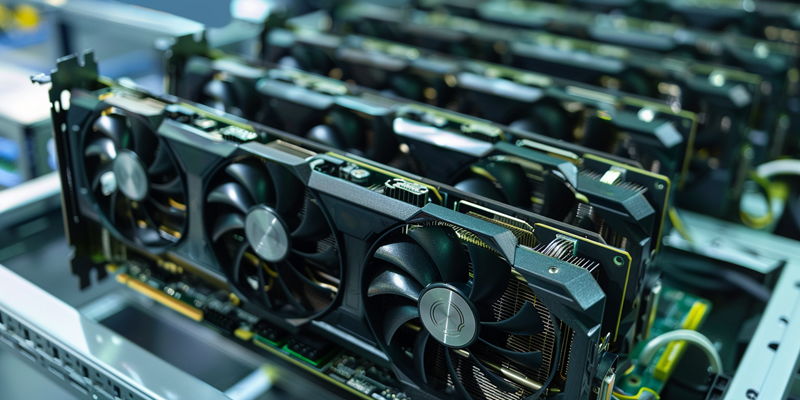As the tech world eagerly anticipates Nvidia’s next move in the GPU arena, recent leaks about the RTX 5090 graphics card have stirred a mixture of excitement and curiosity. Renowned leaker Panzerlied has revealed intriguing details that differ significantly from earlier speculations. Initially, it was rumored that the RTX 5090 would boast a 512-bit memory bus. However, new insights suggest the reality might be a 448-bit bus architecture. This implies a unique configuration of 14 memory modules, and it’s highly likely that these would be 2GB GDDR7 memory modules, adding up to 28GB of VRAM. This departure from the speculated 32GB is noteworthy, yet it’s suggested that VRAM performance wouldn’t be hampered despite the decrease.
Speculation vs. Reality: Deciphering the RTX 5090’s Blueprint
Despite having less VRAM than expected, the RTX 5090’s forecasted memory bandwidth is massive, boasting a 50% augmentation over its predecessor, the RTX 4090, with an expected bandwidth of 1568GB/s. Such promising performance metrics imply that the reduction in memory might not be detrimental to the consumer. In fact, this move might have an inadvertently consumer-friendly side-effect: by positioning the card as less desirable for professional users, gamers might find it easier to get their hands on this high-end GPU. Additionally, the cost to manufacture these cards could be slightly lowered with fewer memory modules—however, whether these potential savings will be passed to consumers remains to be seen.
The Gamer’s Gain Amidst Professional Restraints
The tech community is abuzz with speculation as Nvidia gears up to unveil their latest GPU creation. Amid the fervor, a leak from the well-known Panzerlied has cast new light on the forthcoming RTX 5090, shaking up previous conjectures. Early whispers suggested a robust 512-bit memory interface for the card, but now, it seems we’re looking at a 448-bit bus framework instead. This unexpected twist hints at an innovative setup with 14 memory modules, presumably 2GB GDDR7 chips, culminating in a total of 28GB of VRAM. While this figure falls short of the rumored 32GB, the leaked information suggests that such a reduction won’t affect the card’s VRAM performance. The tech community remains on the edge of their seats as they wait to see how these revelations will play out in Nvidia’s upcoming GPU strategy.

